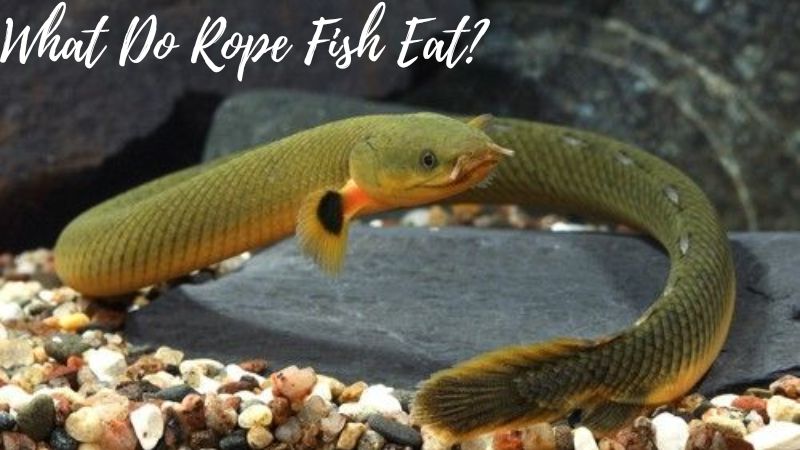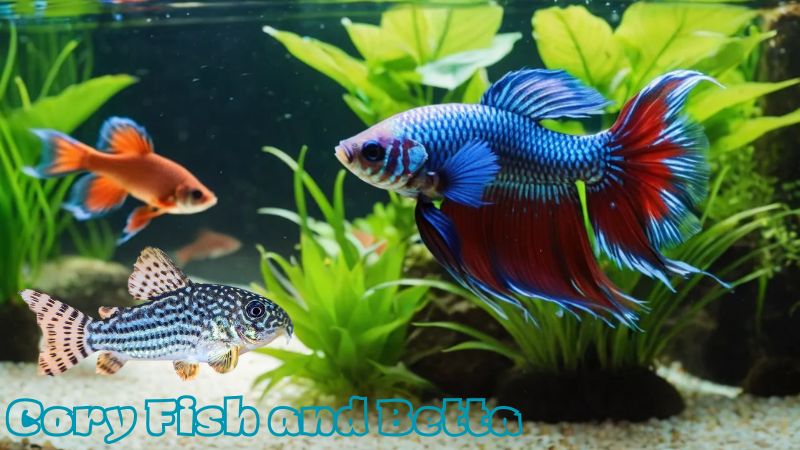When it comes to feeding your Leopard Puffer Fish, understanding leopard puffer fish food is key to ensuring they thrive. This unique species, known for its striking leopard-like spots, requires a specific diet to maintain its health and prevent issues like overgrown teeth. If you’re a fishkeeper looking to provide the best nutrition for your Leopard Puffer, here’s what you need to know about leopard puffer fish food and feeding habits. Join FishLoverZone explore Now!
Characteristics and Origins of the Leopard Puffer Fish

Origin
The Leopard Puffer Fish originates from the freshwater and brackish waters of Southeast Asia, primarily found in countries such as Thailand, Indonesia, India, and Malaysia. They inhabit estuaries, swamps, and mangrove areas where the salinity of the water fluctuates. Their natural environment consists of densely vegetated areas that offer shelter and abundant food.
Physical Characteristics
Leopard Puffer Fish have a round, plump body with a primary color ranging from light green to yellow, adorned with black circular spots resembling a leopard’s coat, which gives them their name.
Size: Adult Leopard Puffers can grow to around 10-15 cm (4-6 inches).
Teeth Structure: One of the most remarkable features of this species is their ever-growing teeth. To prevent dental overgrowth, they need to consume hard-shelled prey regularly.
Defense Mechanism: When threatened, the Leopard Puffer Fish has the ability to inflate its body, making it appear larger and more intimidating to potential predators.
Temperament
Leopard Puffers are curious and active, often exploring their surroundings and engaging with their owners. However, they can be aggressive toward other fish, especially smaller species, and are best kept in species-only tanks or with larger, more robust tankmates.
Habitat Requirements
While the Leopard Puffer thrives in brackish water, they can also live in freshwater environments. In captivity, the ideal conditions include maintaining a pH level between 7.0 and 8.2 and keeping the water temperature between 24-28°C (75-82°F). It is important to provide a tank rich in plants and hiding spots to make the fish feel secure.
What Does Leopard puffer fish food?
Leopard Puffer Fish are primarily carnivorous and enjoy a diet rich in protein. They are natural hunters, so their food should reflect this, with a focus on hard-shelled prey that helps keep their teeth in check.
Best Foods for leopard puffer fish food
Snails
A favorite among Leopard Puffers, snails are not only nutritious but also essential for controlling tooth growth. The hard shells of snails help wear down the fish’s teeth, preventing overgrowth, which can become problematic over time.
Shrimp
Fresh or frozen shrimp are great sources of protein for Leopard Puffer Fish. Be sure to feed them shrimp that are properly cleaned and, if needed, cut into smaller pieces to avoid any injury.
Crabs
Small crabs with hard shells are another excellent food choice. Like snails, they provide both nutrition and the necessary texture for grinding down the Puffer’s teeth.
Clams and Mussels
These shellfish offer calcium and other vital nutrients, contributing to the overall health of your Puffer. Serve them fresh or frozen for the best results.
Frozen Bloodworms and Brine Shrimp
These are convenient, protein-packed options that can be part of a balanced diet for your Leopard Puffer. They’re easy to store and provide a rich nutritional profile.
How to Care for a Leopard Puffer Fish
The Leopard Puffer Fish is an eye-catching species with unique looks and a fascinating personality. However, taking proper care of this fish requires specific knowledge and attention. Below is a detailed guide to help you care for your Leopard Puffer Fish effectively.
1. Tank Setup
Leopard Puffer Fish can live in both freshwater and brackish environments, but they prefer brackish water, which more closely resembles their natural habitat.
Tank Size: A tank of at least 100 liters (26 gallons) is required for one Leopard Puffer. This gives them enough space to swim and explore.
Water: Maintain a salinity level of 1.005 to 1.008 for a brackish tank. If keeping them in freshwater, ensure the water is clean and free of pollutants.
pH and Temperature: Keep the water pH between 7.0 and 8.2, and the temperature around 24-28°C (75-82°F) to ensure the fish thrive.
2. Providing a Suitable Environment
Leopard Puffers enjoy environments with plenty of aquatic plants, rocks, and hiding places. You should decorate the tank with plants and structures that provide shelter and security.
Aquatic Plants: You can use live or artificial plants like hornwort or java moss. These plants help keep the water clean and create a more natural environment.
Decor: Add rocks, caves, or driftwood to give the fish hiding spots, which helps reduce stress and encourages natural behavior.
3. Diet
Leopard Puffer Fish are carnivores and need a diet rich in protein. They also require hard-shelled food to wear down their constantly growing teeth.
Primary Diet: Feed them snails, shrimp, small crabs, and clams. These hard-shelled foods are essential for maintaining healthy teeth.
Frozen Foods: You can also feed them frozen foods such as shrimp, bloodworms, or small fish.
Feeding Tip: Avoid overfeeding. Offer food once or twice a day, providing only what they can consume in a few minutes to prevent water contamination.
4. Regular Water Changes
Maintaining good water quality is crucial for keeping your Leopard Puffer healthy.
Water Changes: Perform a 20-30% water change weekly to remove waste and keep the water clean.
Filtration: Use a high-quality filter to ensure the water remains clear and free of toxins.
Feeding Tips for Leopard Puffer Fish
Portion Control: Feed your Leopard Puffer 1-2 times daily, providing only as much food as they can eat within a few minutes to prevent overfeeding and water pollution.
Variety is Key: While it’s important to include hard-shelled prey in their diet, mixing in frozen or fresh protein-rich foods like shrimp or bloodworms ensures they get a well-rounded nutritional intake.
Monitor Teeth Growth: Regularly offering hard-shelled foods helps keep their teeth at the right length. If their teeth grow too long, it can make eating difficult, leading to health issues.
Conclusion
Feeding your Leopard Puffer Fish requires attention to their natural feeding habits and leopard puffer fish food. By providing a combination of snails, shrimp, crabs, and other hard-shelled foods, you’ll ensure they stay healthy and their teeth remain in good condition. Remember, a varied diet with enough protein will help your Leopard Puffer thrive and stay active in your aquarium!





